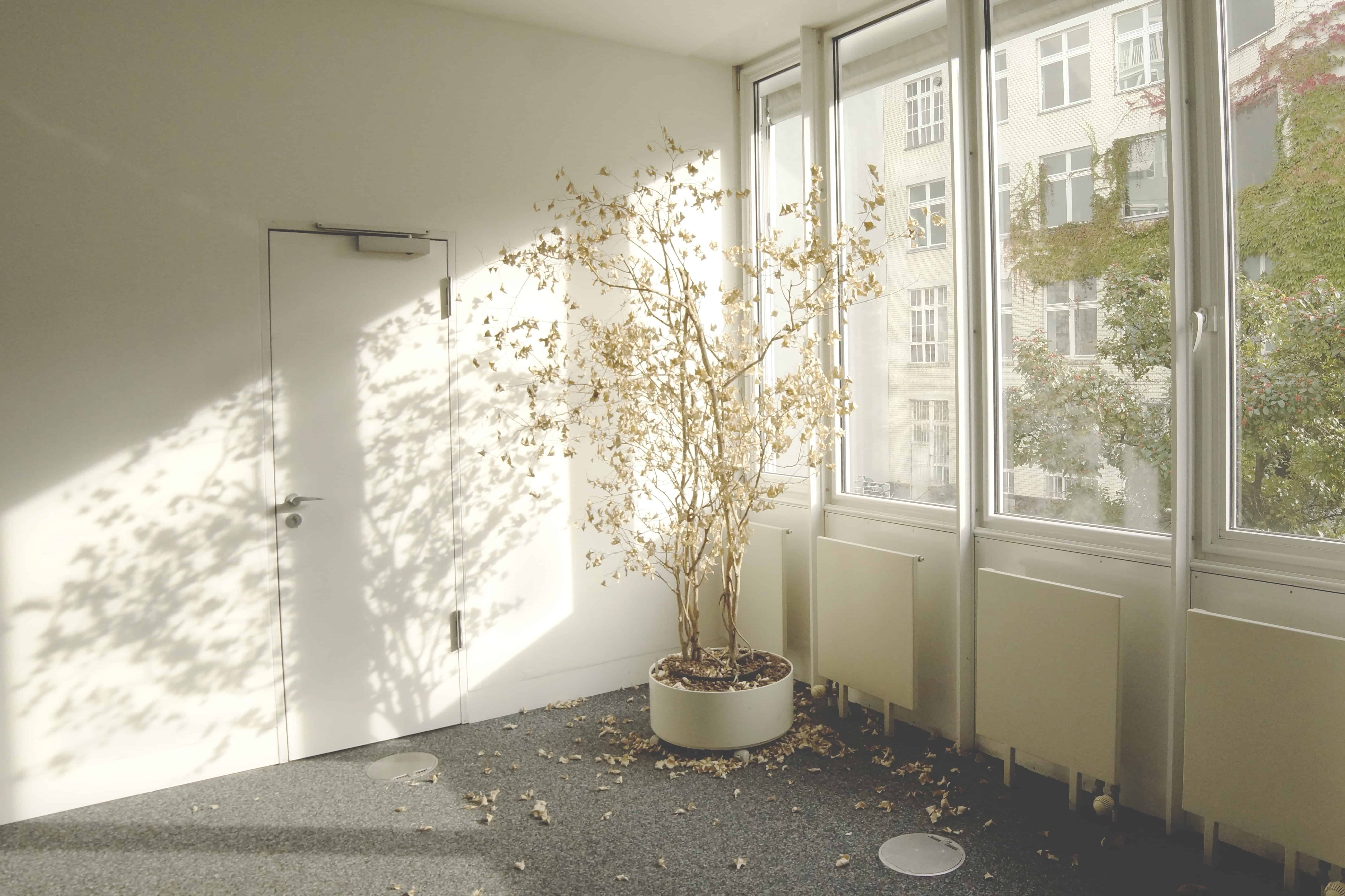What Daylighting Can Do For You
All energy found on our planet, whether in our homes or in our food, originates from the sun. So why does it seem like we so often try to block out the sun’s rays? Most of us spend the better part of our lives indoors, working eight-hour days in fluorescent-lit cubicles. Modern offices and lavish apartments tout their open spaces and scenic window frames that allow the space to be flooded with natural light as the reason you should pay top-dollar.
In today’s world, sunlight can be a luxury. And try as we might, no amount of fluorescent bulbs can compensate for blocking out the sun or even offer the same benefits. On the contrary, it costs us additional energy to power those light sources needed to illuminate those spaces. Accordingly, incorporating more sunlight in your home is just one of the upgrades you can make to save money on utilities.
What is daylighting, then? Well, it’s exactly what it sounds like. It’s designing and setting up your home in such a way that you are able to exploit as much natural sunlight as possible to warm and illuminate your home and minimize your energy consumption. It has a wide variety of potential benefits for both your wellbeing and finances, which is why you should incorporate more light into your life and let the sunshine in.
The Benefits of Sun
Monetary Benefits
Daylighting can be a practical application to implement for the sake of convenience and frugality. According to the University of Calgary’s Energy Education Encyclopedia, 35-50% of energy consumption in commercial buildings can be attributed to electric lighting. Daylight can cost anywhere from 1,000-100,000 lux compared to the 50-1000 afforded by artificial lighting. Since commercial centers must disperse this light over a greater area, artificial lighting is even more inefficient, requiring many panels of fluorescent lights to maintain practical light levels, and therefore must consume even more energy, per Green Business Light UK.
Energy generated also tends to be “wasted” by being released in unintended ways. Both natural and artificial light sources also generate heat. So it makes sense to strategically implement daylighting such that when our biggest expenditure comes from heating, we can take advantage of the sun’s heat.
Daylighting also requires knowing how to mitigate the undesirable effects of the sun, such as the additional heat gain and glare during the summer months, so you don’t waste money having to significantly cool your home and resort to artificial and dim lights.

Health Benefits
Let’s get the obvious out of the way first. There’s a reason why vitamin D is nicknamed “the sunshine vitamin”. Direct exposure to the sun’s UV-B rays are the most efficient way to get this nutrient. Unlike every other nutrient, vitamin D can be synthesized in the skin via sunlight and can be difficult to consume sufficient amounts dietarily, as it is only prevalent in a few types of fatty and oil-rich fish. According to the National Centre for Biotechnology Information (NCBI), vitamin D has a wide range of biological uses, some of which include, inhibition of cellular proliferation, stimulating insulin production, and facilitating mineral absorption. It also acts against illnesses like cancer, heart disease, autoimmune diseases, type II-diabetes, and depression.
Our bodies are also biologically conditioned to synchronize with sunlight, despite how it may conflict with modern life. Before we had electricity available 24/7 to stave off the dark, the amount of sunlight available dictated our productive hours. Everything from agricultural to literary tasks had to be executed while there was still enough light to ensure they were possible and done properly. Most land animals today, including humans, have biological processes that respond to sunlight that correspond with the time of day.
Melatonin is the body’s hormone that’s responsible for making us drowsy and allowing us to sleep throughout the night. The National Sleep Foundation states that bright lights stimulate the release of hormones responsible for keeping us alert, like cortisol, and suppresses our melatonin secretion. Hence, we naturally become more sleepy as the sun begins to go down. Minimizing our exposure to artificial lights (including those from screens) can help regulate our circadian rhythm — our bio-clock — and help with insomnia. You might also recognize cortisol as the stress hormone, which is why some of those who spend too much time under fluorescent lights have an elevated stress response, as per Healthline.
They go on to state other related benefits of sunlight, which includes the release of the happiness hormone: serotonin. This can aid in warding off depressive episodes, including those associated with Seasonal Affective Disorder (SAD or the winter blues) and anxiety disorders. All of these symptoms are also comorbid with insomnia, which can result from the irregular sleep schedule associated with artificial lights.
Daylighting How-to
Interior Decorating
Many of us don’t have the luxury to build our dream homes from the ground-up to implement the ideal daylighting solutions. But, with a little innovation and a basic understanding of the behavior of light, you can still take advantage of sunlight in your home with a few tactical interior design choices. Just remember to open your curtains so you can take advantage of these techniques.
Mirror, mirror on the walls. Reflective surfaces bounce light off its surface and allow it to radiate around the room. Having decorative mirrors positioned facing windows (head-on or at an angle) allows it to act as a second window, as far as sunlight is concerned, amplifying its effects in the room. They also give the illusion of widening the space, allowing cramped quarters to feel roomier and spacious. Even having shiny or transparent decorative items can help with this effect.
Likewise, light colors (pun intended) also reflect light and heat, with white obviously reflecting the most, and black the least. If you find your wood floors unbearably cold in winter, throwing down a dark-colored rug can help keep you away from your thermostat. Opting for translucent curtains and pastel colors is a great way to take advantage of these light properties, without having your home look like a sanitarium.

Face the sun
If you’re building your house from the ground up however, you can design your home to take advantage of sunlight. You’ve heard the adage before: the sun rises in the East and sets in the West. But what are the practical implications of this when it comes to building your home? Having East-facing windows in the breakfast area, or in the bedroom allows you to incorporate the natural daylight into your morning routine.
Likewise, West-facing rooms soak in much of the evening light, and probably wouldn’t be ideal for your movie suite where glare would interfere. The U.S. Department of Energy adds that South-facing windows allow for the most winter sunlight at the cost of little direct sunlight during the summer. Placing a sky-light above an open area of the home, allows you to take advantage of the high summer sun while minimizing glare and heat gain. Also keep in mind that tall windows let more light in during winter, and overhangs can help shade the house in summer.
About the author
Rhea is a content writer with EnergyRates.ca, a leading energy rate comparison website that provides unbiased, third-party reviews of electricity and natural gas retailers in Canada. She also writes weekly blog posts on energy-saving tips.






Write Your Comment